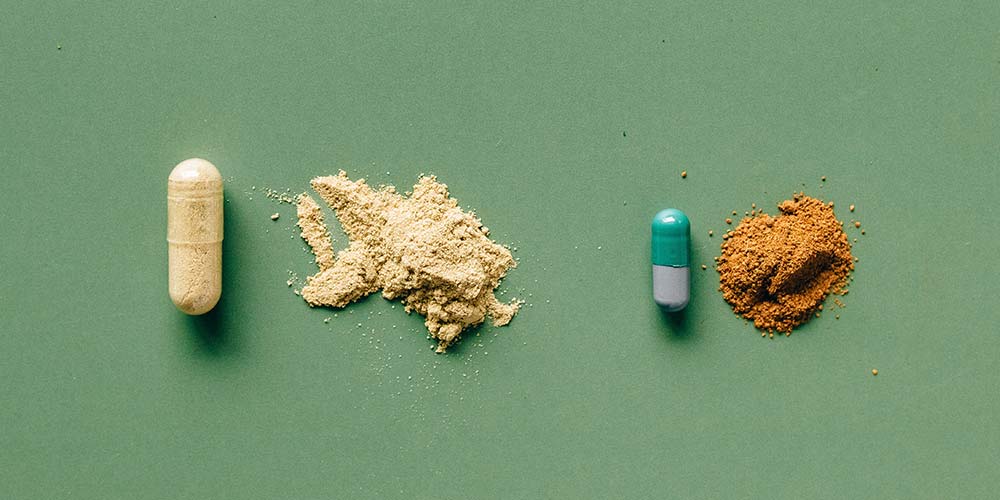The working method of traditional Chinese medicine ultrafine grinding technology

The working principle of traditional Chinese medicine ultrafine pulverization technology generally includes impact, collision, friction, shearing, grinding and simultaneous fracture of materials. When choosing the pulverization method, it should be determined according to the nature of the material and the required pulverization degree: the hard materials with large or medium particle size are crushed and impacted; the hard materials with small particle size are crushed, impacted and milled; The ductile or mud-like materials are sheared, crushed and milled, and the ductile materials are sheared or rapidly struck.
Equipment for ultra-fine grinding technology of traditional Chinese medicine
There are many kinds of traditional Chinese medicine ultrafine grinding equipment. Currently there are three main categories of applications: vibration grinding. Air flow type ultra-fine pulverizer, mechanical ultra-fine pulverizer. Because the vibration mill has high working efficiency, the jet mill has no pollution to the material during the pulverization process, and the product fineness is high, so these two types of equipment are widely used.
Vibration mill is a high-frequency vibration type ultra-fine grinding equipment. Its working principle is: the body is supported by a spring, and the main shaft with an eccentric block makes it vibrate. During operation, the medium and the material vibrate and grind the material together. It is characterized by high filling rate of medium, many times of action per unit time, and small particle size of powder. Evenly distributed, suitable for crushing most Chinese herbal medicines. This equipment can also be combined with low-temperature technology to obtain ultrafine powder with narrow particle size distribution and good fluidity, which solves the problem of temperature rise of the vibration mill. At present, the widely used vibration mill is Shandong Beili BMF series, and other new and improved equipment have been launched recently. Such as Zhejiang Fengli’s MTM type impact mill, Shanghai Xieke’s HGM type heavy pressure grinding type super emblem mill, and Beijing Huanya Tianyuan’s HMB type three-ring medium-speed micro-powder mill. The disadvantage of this method is that the particle size of the product is related to the maximum particle size of the feed. When the maximum particle size of the feed is about 10 mm, the product particle size is greater than 10um; Production capacity declines.
- Air jet mill
The jet mill is called a fluid energy mill. Its working principle is: the supersonic airflow makes the material particles violently collide and rub against each other, and the airflow has a direct shearing effect on the material, and then the purpose of pulverization is achieved through appropriate classification. There is no associated heat in the crushing process of this type of equipment, and the crushing temperature is low, which is suitable for low melting point and heat-sensitive medicinal materials. The crushing particle size can reach 1-10um, and it is no pollution to the material. It is the finest physical processing method that can be achieved at present. The shortcomings of this equipment are high equipment manufacturing and manufacturing costs, large energy consumption, low energy utilization rate and high production costs. At present, there are 5 types of jet mills: flat type, single-spray type, circulating tube type, counter-spray type and fluidized bed type. However, it is generally believed that the jet mill is difficult to crush fibrous and tough Chinese medicines, and there is a relatively high-speed air flow during the crushing operation, which takes away the volatile components of the medicine and causes the loss of efficacy, so it is only suitable for the crushing of brittle Chinese medicines.
- Ultrafine Impact
The working principle of the ultrafine Impact is: through the high-speed movement of the mechanical parts and the medium, the raw medicinal powder is impacted, sheared and other external forces to achieve the purpose of pulverization. The advantages of this equipment are that it is simple and convenient, and the applicable particle size range for feeding is large. The disadvantage is that the equipment is easy to heat up, the finer the material is pulverized, the more severe the wear of the parts, the wear particles directly contaminate the material, and the lower limit of the powder particle size can only reach about 20 um, which limits the wide application of this equipment.
Due to the limitations of the above three types of equipment, some scholars are now committed to the development of ultra-fine pulverizing units that combine mechanical pulverization and jet pulverization, as well as ultra-low temperature cryogenic pulverizers. However, due to the high cost, the application scope of the new device is far less than the above three devices.
